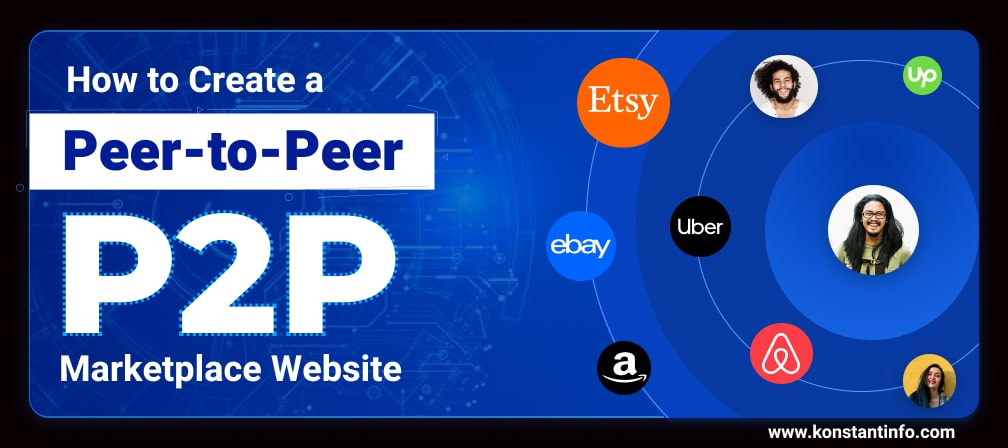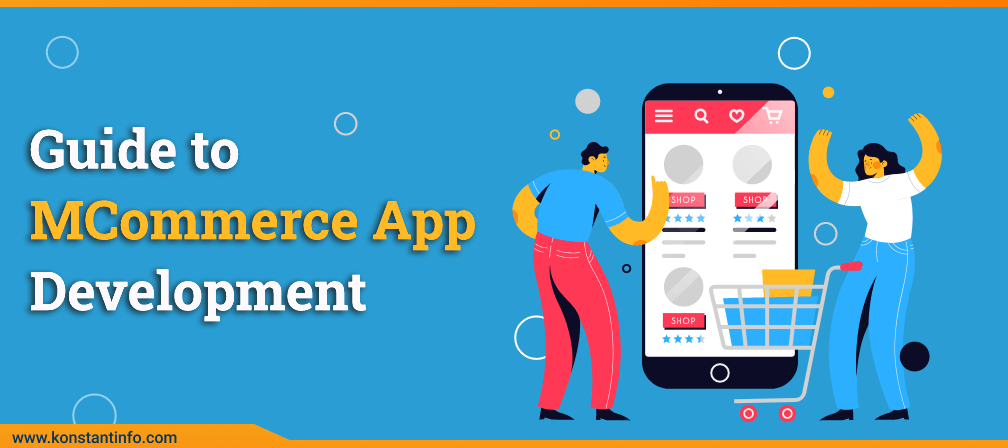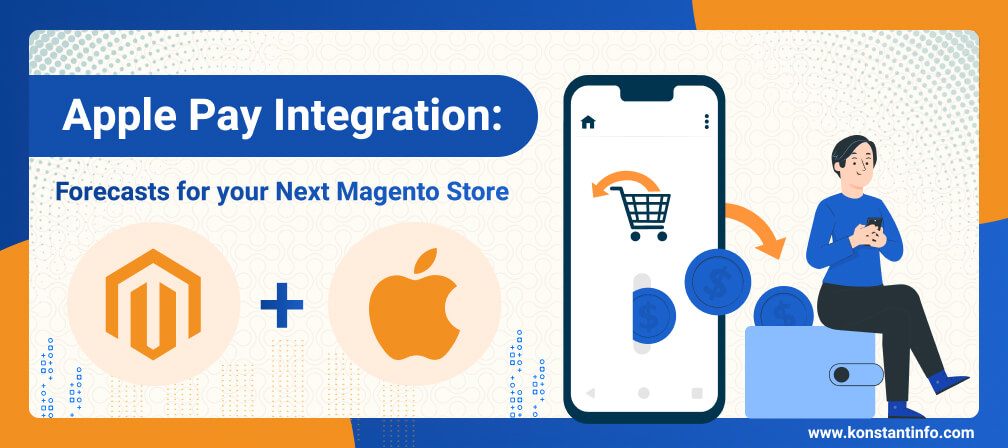Peer-to-peer marketplace applications bridge the gap between service seekers and service providers. They offer products at an affordable price. They sell first-hand or second-hand items – E.g. If a seller receives perfume as a gift, but they don’t want to keep it to themselves. They sell it further for less than its retail price.
Why do People Like Buying from Peer-to-Peer Marketplaces?
- For some convenience
- For best prices
- To select amongst given options
- To avail some flexibility
- For the sake of extensive community support
How Are These Different from eCommerce Websites/Applications?
Marketplaces are a part of the ecommerce application category, but both these terms are commixing. A single vendor manages an e-commerce app/website. He decides which products to sell. Although, users can buy goods that they still can’t register as vendors. That is why e-commerce CMS platforms like Shopify, OpenCart and WooCommerce are suitable for developing an online store. But they are not a great fit to create an online marketplace.
What Are the Various Categories of Peer-to-Peer Marketplaces?
- Property Rental Marketplace – These are easy to use. It charges transaction fees. E.g. HomeAway, Airbnb.
- Selling Products – Product vendors showcase their products via listings and sell them online by paying a fee. It is easy to use.
- Offering Skills and Services – In this case, businesses find skilled people via interviews and reference checks and hire them to work on customer’s demands. E.g: TaskRabbit, Helpware.
- Money and Loans – In this case – businesses refer to investing in loans or receiving funding. E.g. Kickstarter (serves entrepreneurs and creatives such as art makers, musicians, and tech enthusiasts) and GoFundMe (a fundraising platform for education, treatment, or disaster recovery. Startups use it to receive funding.)
P2P Marketplace Business Model
The P2P service model enables you to buy, rent or loan things – the audience can be B2B (Business to business) or B2C (Business to Consumer); Businesses need to decide on one model to align their payment structure. It is known as a P2P revenue model, and it defines the overall pricing strategy.
- Your pricing strategy might consist of commissions, fees, or a combination of these. Marketplaces charge a transaction price, payment fees in general. If you are loaning things, you can use membership fees.
- Additionally, businesses can look forward to payments from listed products or services and the quality of published products as the seller pays for any posted item by adjusting the offer according to the customer’s demand.
- Also, peer-to-peer business marketplaces come with a subscription-based model where businesses offer different membership plans to users depending upon the value proposition. For E.g. CrateJoy – It offers gift boxes with low to high-price products depending upon the selected pricing.
- Moreover, featured listings where businesses get paid via advertisements as any user clicks. It is also known as pay-per-click. It is prevalent in wedding photography or clothes and accessories websites, more so during the sale season.
Core P2P Marketplace App Features
- Complete User Profiles
- Website navigation and search
- Communication Tools
- Administrator Dashboard
- Booking management
- Availability calendars
- Integrated maps
- Shipping
- Verification protocols
- Checkout
- In-app Payments
- Reviews
- Notification system
- Hassle-free deployment
- Feedback based quality
- Convenience and flexibility
- multi-language support
- multiple currencies & smooth checkout
- Login/Registration Form
- User personal Profile
- Vendor Panel
- Marketplace Home Page
- Product/Service Description Page
- Shopping Cart
How to Create a P2P Marketplace App?
To build a P2P marketplace app – (1) Select a platform, (2) Build it on top of SaaS software, (3) Make use of API’s, tools, third-party services, (4) Add complex or custom functionality to your software, (5) Add custom functionality and payment gateway, (6) Apply security measures, (7) and a dash of technical expertise to simplify or complicate the marketplace as required.
Cost to Create a Peer-to-Peer Marketplace Website
For a comprehensive marketplace, (1) businesses need to check their budget, (2) skill requirements, (3) technology adaption, (4) time constraints, and (5) customization. We can calculate the cost to build a marketplace by this formula:
Total Hours Spent * Rate of Each Specialist You Hire = Development Cost
Technology Stack for An Multichannel Online Marketplace
- Front-end: React.js, AngularJS
- Back-end: Node.js, PostgreSQL, Ruby on Rails, Symphony, PayPal/Stripe integrations, RESTful API
(We use various frameworks to create e-commerce websites and apps)
Famous Examples of Peer-to-Peer Marketplace Website
Etsy, Amazon, Uber, Postmates, eBay, Upwork, TaskRabbit, Airbnb, Webkul, PurpleTree Software, Sharetribe, Cocorico, Marketplacer, Expedia, Booking.com, Coursera, Udemy, Zocdoc, Opendoor
How to Make Your Peer to Peer Marketplace Website Successful?
- Attract users from the very beginning
- Optimize the experience
- Think about increasing your revenue and bringing cost-efficiency
- Enables sellers to illustrate their items for sale to as much extent as possible
- Augment text descriptions with relevant photos and videos
- Add a chat engine to your P2P lending
- Ensure trustworthiness amongst parties
- Provide great security features
- Offer insurance
- Analyze the balance between sellers and buyers – what they want – how to fulfil the demand – what to do if the market demand falls or vice versa – where to look for new customers and new opportunities.
- Collect maximum information about your users – deploy unique offers to attract users.
Conclusive
Watch out to cover your maintenance, provide documentation, and offer necessary developer tools to accelerate the time to market. Trust us to offers a P2P marketplace with similar functionalities just as we claim it to be. We extend multiple options for you to choose amongst – B2B, B2C and P2P for all primary industries like travel, education, e-commerce, healthcare, human resources and finance etc. Contact Us here!
About Author
Vipin Jain is the Co-Founder and CEO at Konstant Infosolutions and is in charge of marketing, project management, administration and R&D at the company. With his marketing background, Vipin Jain has developed and honed the company’s vision, corporate structure & initiatives and its goals, and brought the company into the current era of success.



